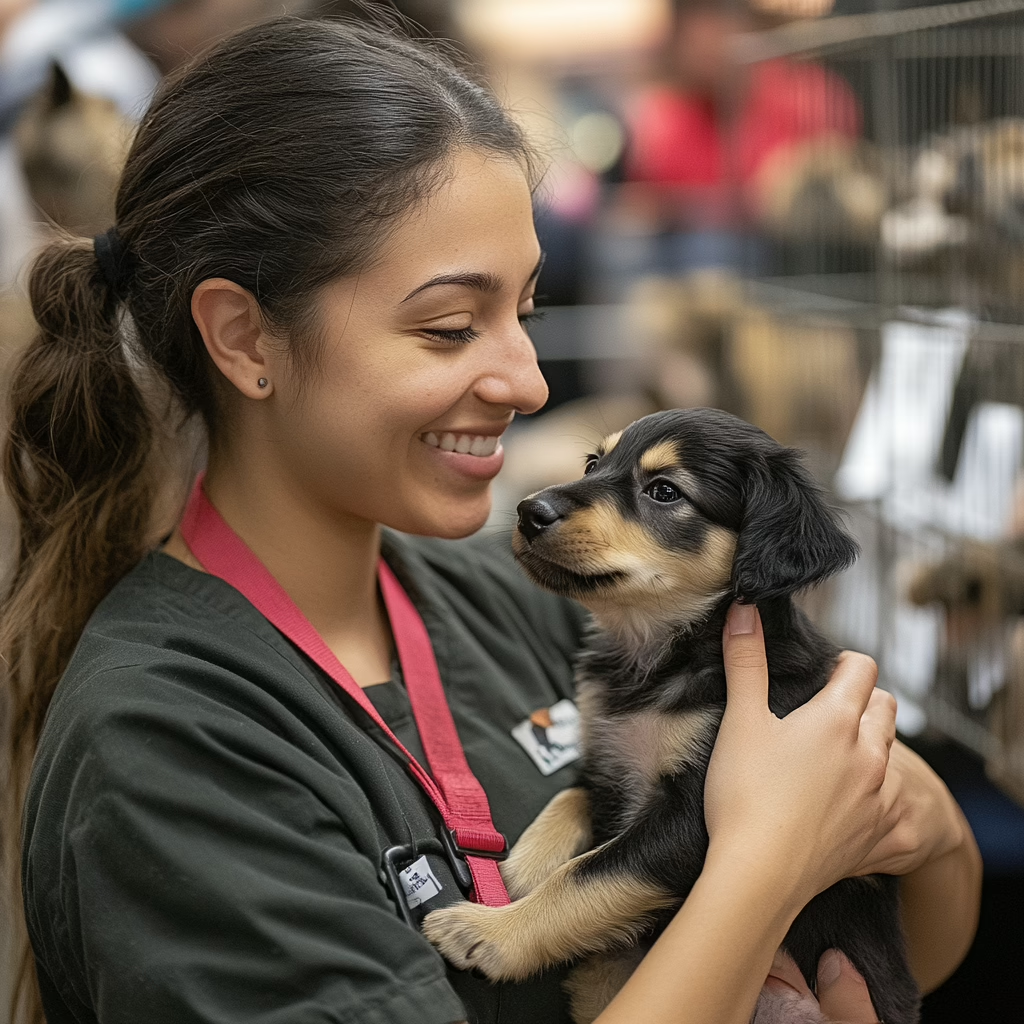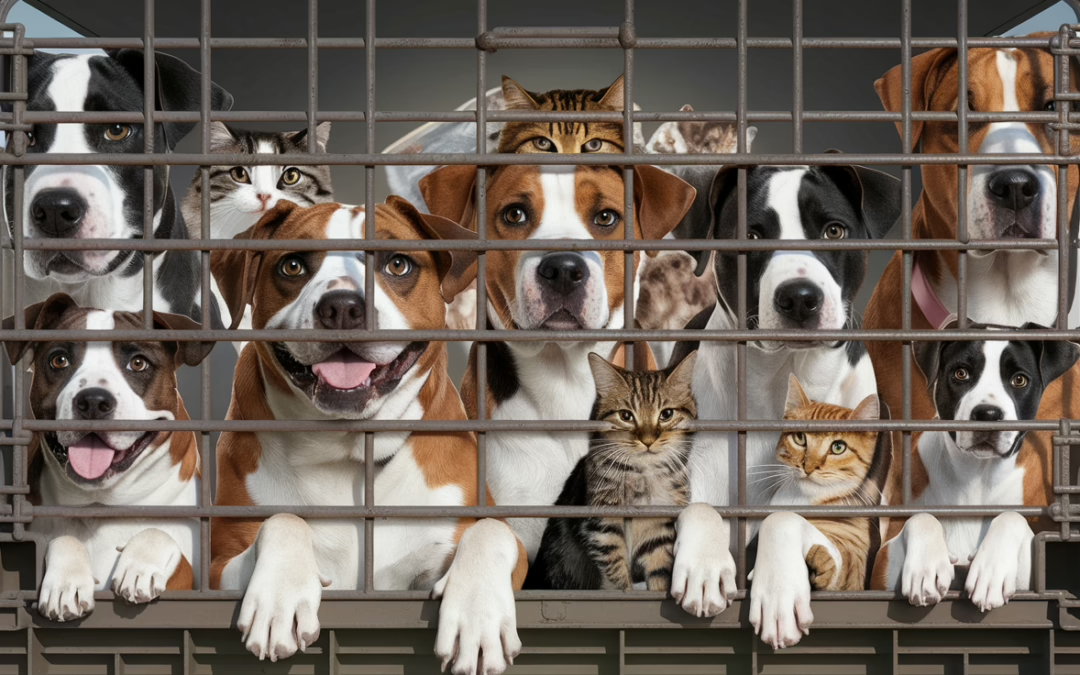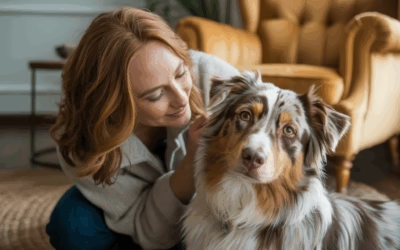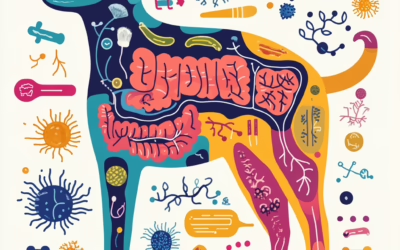Spay and Neuter: A Simple Act of Love That Transforms Pet Lives
Every year, countless pets face suffering due to overpopulation, a preventable issue with a simple solution: spaying and neutering. These procedures don’t just help control pet populations—they provide lasting health and behavioral benefits for your furry companions. Plus, making this choice contributes to safer, more compassionate communities. Spay/Neuter Awareness Month is the perfect time to highlight how this often-overlooked act of care can transform lives.
Choosing to spay or neuter your pet is more than a medical procedure—it’s an act of compassion with powerful ripple effects. From reducing pet overpopulation to improving your furry friend’s quality of life, this decision has benefits that extend far and wide.
Combating Pet Overpopulation

Each year, millions of pets end up in shelters, and overcrowding is one of the main reasons many never find a forever home. When pets are spayed or neutered, unnecessary litters are prevented, directly reducing the strain on shelters and rescues.
February’s National Spay/Neuter Awareness Month serves as an important reminder of how crucial this step is in fighting overpopulation. By spaying or neutering your own pet, you’re contributing to the solution, sparing countless animals from hardship.
If you’re new to pet care and considering this important step, the tips from getting your first dog offer valuable insights on initial veterinary visits.
Health Benefits for Pets
Spaying and neutering aren’t just about population control—they also come with significant health perks. For females, spaying eliminates the risk of uterine infections and significantly reduces the chances of breast cancer.
In males, neutering can prevent testicular cancer and lower the risk of prostate problems.
Additionally, many pet owners don’t realize how these procedures can extend their pet’s lifespan. Removing reproductive organs often prevents life-threatening conditions later in life.
Behavioral Benefits
Unaltered pets are more likely to display challenging behaviors, from marking territory to aggression or even wandering away. Spaying or neutering often curbs these tendencies, creating a calmer, more well-behaved pet.
For example, neutered male dogs are less driven to roam in search of a mate, reducing risks like traffic accidents or getting lost.
Similarly, spayed females won’t go into heat, which can cause disruptive vocalizations or unwanted attention from male dogs. If your pet is showing signs of anxiety or behavioral struggles, tips like helping dogs with separation anxiety can complement these benefits, ensuring a happier, more balanced companion.
Spaying and neutering isn’t just about controlling the pet population—it’s an investment in your animal’s health and happiness while also fostering stronger, more harmonious relationships at home.
Addressing Misconceptions about Spaying and Neutering
Despite the proven health, behavioral, and societal benefits of spaying and neutering, myths and misconceptions often make pet owners hesitant.
Let’s address these misunderstandings one by one so you can make informed decisions for your furry friends.
Myth: It Harms My Pet’s Personality
Many people fear that spaying or neutering will change their pet’s personality or make them less lively.
The truth? These procedures do not remove what makes your pet unique. Instead, they can improve certain behaviors.
For example, neutered males are less likely to mark territory indoors or roam away from home. Spayed females no longer go into heat, which can eliminate some frustrating behaviors like excessive vocalizations.
These positive behavior adjustments reduce stress for both pets and owners, fostering a stronger bond between you and your companion.
The notion that spaying or neutering “dulls” a pet’s personality couldn’t be further from the truth.
Instead, it helps pets focus their energy on what matters—enjoying a playful, safe, and happy life with their family.
Myth: It’s Unnecessary for Indoor Pets
Another common myth is that spaying and neutering aren’t necessary for pets who live indoors. The assumption is that because indoor pets rarely if ever, interact with others, there’s no risk of unwanted litters. However, the reality is much more nuanced.
First, accidents do happen. An open door or window could quickly lead to an unsupervised stroll outside, where an unspayed or unneutered pet may cross paths with another animal.
Additionally, the health benefits of spaying and neutering extend well beyond preventing reproduction. Diseases like uterine infections, mammary tumors, or testicular cancer can still affect indoor pets, underscoring the importance of these procedures.
Even if your pet lives indoors most of the time, spaying or neutering is a smart health decision.
Myth: It’s Too Expensive
Many pet owners worry that spaying or neutering is too costly, but there are affordable options available. Organizations like humane societies, local shelters, and low-cost veterinary clinics often offer discounted spay/neuter programs. In the Central Florida area, you the following offer low cost spay and neuter:
- Spay n Save, Longwood: They have a low-cost spay/neuter clinic that is open to the public with no qualifying requirements and they offer lower prices for those on limited incomes. Please call for appointments.
- Orange County Animal Services, Orange County: Orange County Animal Services has partnered with Pet Alliance at the East Side clinic that provides low-cost spays and neuters, as well as core vaccinations, heartworm testing and prevention. They also offer spay-neuter vouchers for income-qualified residents.
- Pet Alliance, Sanford & Orlando: They have two clinic locations. The Sanford clinic only offers basic health and preventative care. The clinic in Alafaya is where they offer spay-neuter surgeries.
- Snip It Clinic, Kissimmee: A spay-neuter clinic where appointments can be made through their on-line registration page.
Additionally, investing in this procedure can save money in the long run by preventing costly health issues. For example, treating a uterine infection or managing behavioral problems associated with unaltered pets could result in significant veterinary expenses.
Take advantage of community resources to make spaying and neutering accessible. Some clinics even offer payment plans or financial aid programs, ensuring every pet can benefit from these lifesaving procedures. If you’re looking for more ways to budget for pet care, consider reading additional guides to pet wellness on Yappy Life.
By addressing these myths, we hope to provide you with clarity and confidence when it comes to making one of the most loving choices for your furry companion.
The Role of Communities in Supporting Spay and Neuter Initiatives

Spay and neuter programs thrive when communities come together. From local initiatives to nationwide campaigns, collective efforts play a crucial role in making these essential services accessible.
Communities not only help reduce pet overpopulation but also foster a culture of responsible pet ownership.
Success Stories: Communities Leading the Charge
Across the country, many communities are leading the charge in spay and neuter advocacy. These inspiring efforts pave the way for a better future for pets and people alike.
Take World Spay Day, part of February’s National Spay/Neuter Awareness Month. This annual event not only highlights the importance of spay/neuter services but also shares success stories from communities making a difference. In one recent campaign, shelters in small towns teamed up with schools and local businesses to organize fundraisers, resulting in hundreds of pets receiving free spay and neuter services.
In another instance, volunteers and veterinary students partnered to create a weekend “Neuterathon,” treating dozens of animals and educating the community about pet care. Initiatives like these show the profound impact of collaboration. It’s a reminder that when we work together, even small actions can create ripples of change.
Communities have the power to shape a brighter, healthier future for pets by supporting spay and neuter programs. Every effort counts, whether it’s donating to local initiatives, attending events, or simply sharing awareness within your neighborhood. Remember, change starts at home—with you and your community.
Spaying and Neutering as a Step Towards Adoption Success
Spaying and neutering go beyond a simple medical procedure—they’re foundational steps toward creating happier, healthier pets ready for adoption. For shelters, these procedures ensure animals are more likely to find their forever homes while reducing the stress of overcrowding. Let’s explore how spaying and neutering play a pivotal role in adoption success.
Preventing Behavioral Issues in Adopted Pets
Unwanted behaviors often stand in the way of pets being successfully adopted, but spaying and neutering can mitigate this barrier.
Animals that have been spayed or neutered are less likely to exhibit problematic tendencies like aggression, marking, or the urge to roam. This makes them more enjoyable companions and, more importantly, easier to integrate into a new home.
When problematic behaviors are reduced, it’s not just easier for pets to adjust to their new homes. It also strengthens the bond between families and their newly adopted companions.
Reducing Financial Burdens for Shelter Operations
Shelters face significant financial challenges when dealing with overcrowded facilities and unaltered animals. Spaying and neutering programs actively reduce these pressures by minimizing the intake of unwanted litters and ensuring animals are healthier when they enter shelters.
Most shelter budgets are stretched thin, and caring for unaltered animals often leads to increased costs for medical care, behavioral training, and housing.
Spaying and neutering prevent common health issues like uterine infections or testicular cancer, which can save shelters from dealing with expensive treatments. Additionally, fewer animals brought into shelters means reduced feeding, cleaning, and staffing requirements.
Shelters that incorporate spay/neuter programs into their operations can dedicate more resources to helping animals find the right homes. It’s a win-win that benefits both the shelter and the animals.
By addressing behavioral and financial challenges, spaying and neutering unlock doors for countless pets to not just survive, but thrive in their new homes.
Conclusion
Spaying and neutering are more than just routine veterinary procedures—they’re an act of love that echoes throughout communities. They safeguard pets from preventable health risks, reduce behavioral challenges, and alleviate the burden of overpopulation on shelters.
Each pet owner’s decision contributes to a compassionate cycle of care, saving animals’ lives and creating safer environments for everyone.
This choice is easier when we come together as a community. Supporting low-cost spay and neuter programs or raising awareness about their importance extends the impact far beyond individual households. It’s a meaningful way to show love for our pets and the world they live in.





Recent Comments